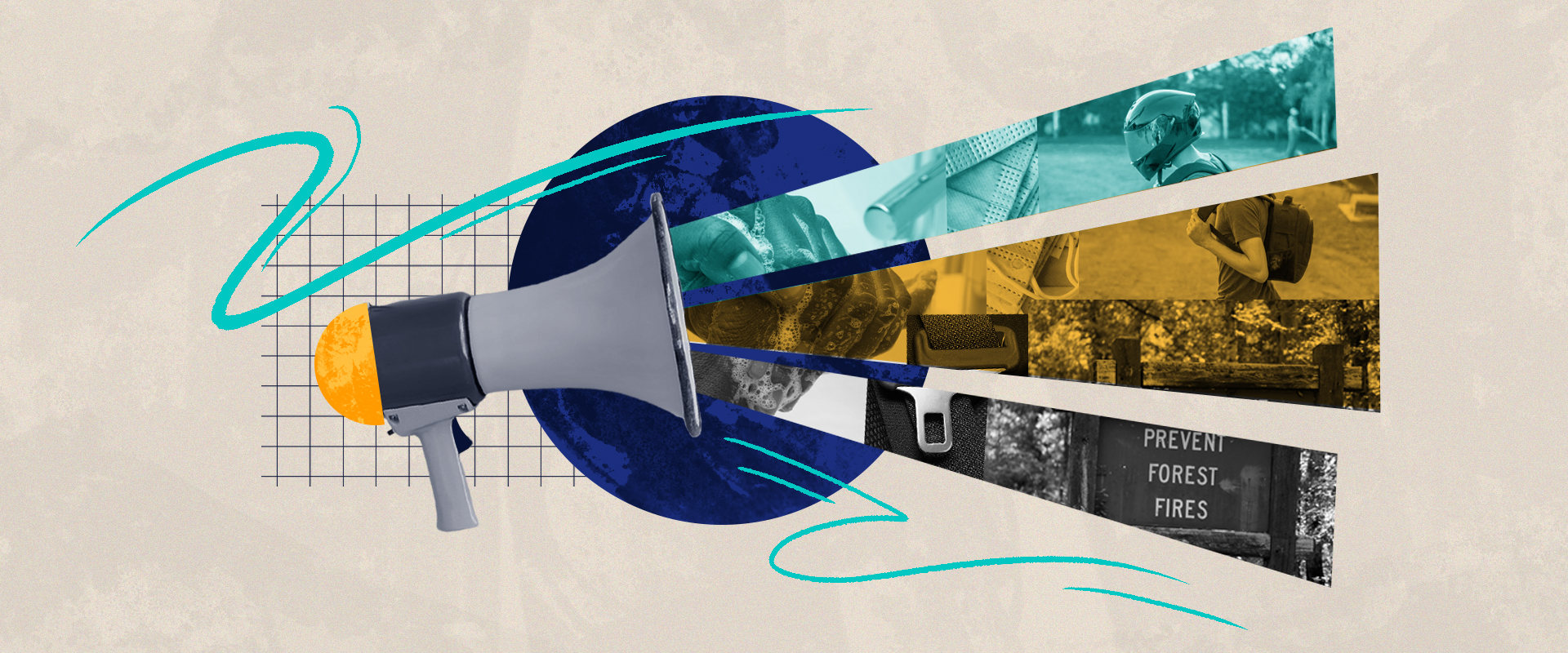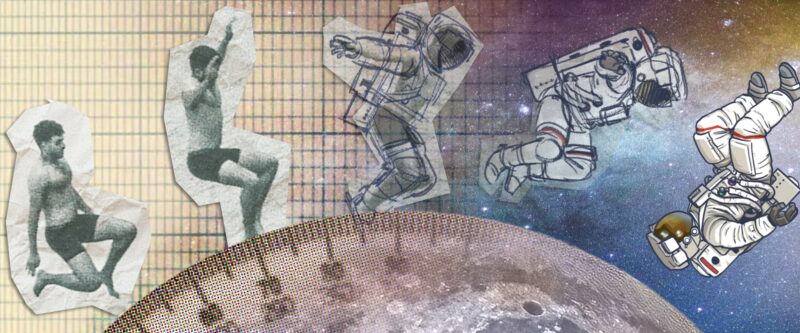When you think of a public service announcement, depending on your age you might remember that famous ad with the image of a fried egg coupled with the phrase “This is your brain on drugs.” And there’s a reason for that: they work. The best PSAs can drive awareness, make you think about an issue in a new way, and even drive you to take action.
In some ways, PSAs are just another type of ad, but there are important ways in which they are different from traditional advertising. In this article, we are going to discuss the history of the PSA, why they matter, and what happens when you apply the magic of animation to a PSA campaign.
Animated PSAs can make the information even more accessible and present it in a way that educates the audience without a condescending or shaming tone.
Animation studios continue to partner with PSAs into the present. For example, during the COVID-19 pandemic, Cartoon Network has put out many PSAs focused on good hand washing, cleanliness, and hygiene best practices. The key here is knowing your target audience and presenting the information in a way that will best connect to that audience.
How Do We Know PSAs Make An Impact?
All of the history and strategies for PSAs are interesting, but at the end of the day, how do we know that PSAs make an impact? Aside from simply remembering so many of them, there is plenty of data to show their impact.
The number of people who smoke cigarettes has drastically decreased since the 1960s when we became more aware of the health risks, in large part due to PSAs. And speaking of smoke, another PSA campaign that resonated with people featured Smokey Bear, who started as a beloved figure and became integral to an environmental debate. For those who don’t know the story, a black bear cub was rescued from a burning New Mexico forest in 1950, given the name Smokey, and sent to D.C., where he lived at the National Zoo. By 1964, Smokey received so many letters that the postal department gave him his own ZIP code.
Today, about 96% of adults are thought to be able to recognize him.
Likewise, the trench-coated McGruff the Crime Dog, who provided tips on crime prevention, reached a variety of demographics. About a fourth of the national sample exposed to the McGruff campaign said they had taken actions intended to prevent crime based on the McGruff PSAs. The campaign was relevant for 12 years and generated $60.3 million with only $600,000 invested. Another PSA that remains highly relevant in society despite its distant origins in 1973 by the National Commission on Fire Prevention and Control is “Stop, Drop and Roll.” This PSA was used in fire prevention education programs and is still taught in today’s school system. While incredibly simple, it effectively teaches how to handle yourself in a fire and demonstrates how PSAs can stand the test of time.
Utilize Animation as as Educational Tool
PSAs can teach you lessons that last a lifetime, and with animation, they can do it in a fast and fun way. I don’t know about you, but I know if I ever lose a tooth, I’m putting it in a glass of milk on the way to the dentist, just as Dudley the Dinosaur told me to back in 1995. The point is, a cartoon PSA taught me something that stuck with me for over 25 years. Just think what an animated PSA could do for your message!
Want to know more? Check out Duke & Duck’s work to see how animation can educate, engage, and inspire or contact us to talk about a project.






